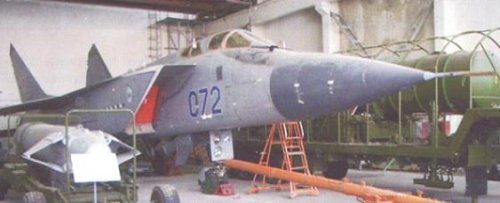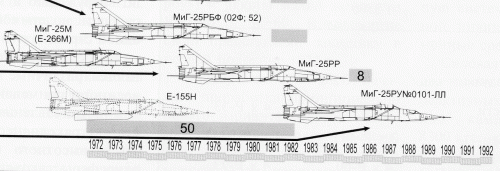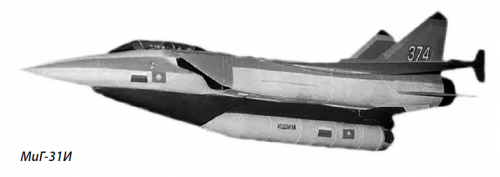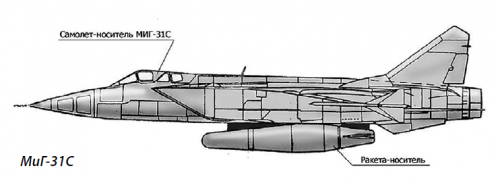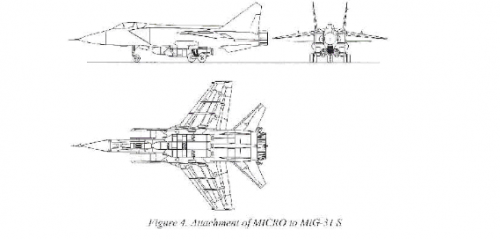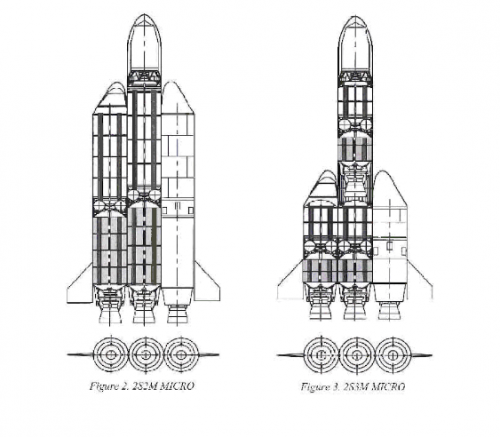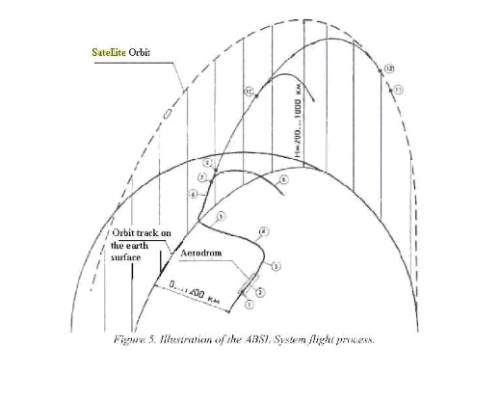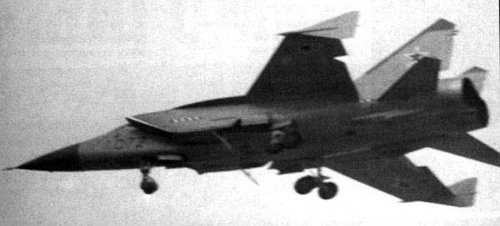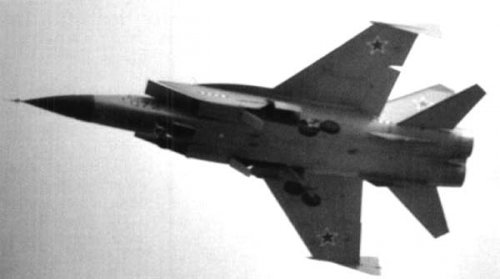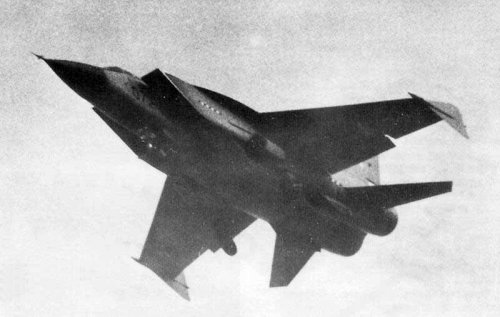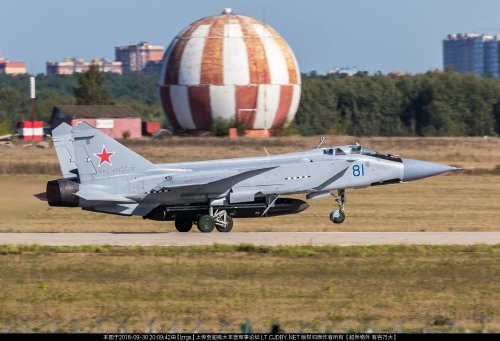You are using an out of date browser. It may not display this or other websites correctly.
You should upgrade or use an alternative browser.
You should upgrade or use an alternative browser.
MiG-31 satellite launch ?
- Thread starter hesham
- Start date
http://paralay.com/mig31m.html
- Joined
- 1 April 2006
- Messages
- 11,398
- Reaction score
- 10,315
On June 12 chief of Kazakhstan Aerospace Agency, ex-cosmonaut Talgat Musabayev, offered to Kazakhstan government to move out of Ishim project due to weak marketing studies and unability to move on the space launch market. Effectively, this so far means death of Ishim, as Kazakhstan should finance it.
- Joined
- 1 April 2006
- Messages
- 11,398
- Reaction score
- 10,315
- Joined
- 1 April 2006
- Messages
- 11,398
- Reaction score
- 10,315
Rumors over here hotly discussed at Novosti Kosmonavtiki forum in MiG-31I thread.
http://www.novosti-kosmonavtiki.ru/phpBB2/viewtopic.php?t=3050&postdays=0&postorder=asc&start=360
Stated that MiG pilots Menitzky, Aubakirov and Fastovetz performed more than 100 launches of ASAT missile from MiG-31D at Sary-Shagan during 1987-1991 test program according to Menitzky's interview with Vadim Lukashevich. Both were not drunk.
Ishim said to be cover-up either double-use technology program for future development of ASAT missile, Kazakhstan step out said be part of cover up. In fact, do not understand why Kazakhstan desperately needs ASAT missile...
Soviet ASAT program based on E-155N carrier (another MiG-25 variant) said to be started as early as beginning of 60s on direct supervising by Mikoyan, with Spiral ("50x50") being in part inspired by it in 1965.
http://www.novosti-kosmonavtiki.ru/phpBB2/viewtopic.php?t=3050&postdays=0&postorder=asc&start=360
Stated that MiG pilots Menitzky, Aubakirov and Fastovetz performed more than 100 launches of ASAT missile from MiG-31D at Sary-Shagan during 1987-1991 test program according to Menitzky's interview with Vadim Lukashevich. Both were not drunk.
Ishim said to be cover-up either double-use technology program for future development of ASAT missile, Kazakhstan step out said be part of cover up. In fact, do not understand why Kazakhstan desperately needs ASAT missile...
Soviet ASAT program based on E-155N carrier (another MiG-25 variant) said to be started as early as beginning of 60s on direct supervising by Mikoyan, with Spiral ("50x50") being in part inspired by it in 1965.
- Joined
- 1 April 2006
- Messages
- 11,398
- Reaction score
- 10,315
Before it's totally gone into the depth of history...
Attachments
-
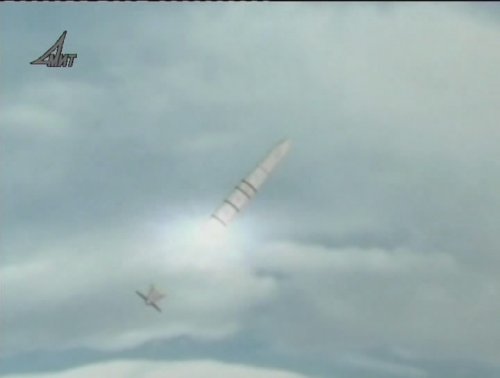 snapshot20071029141707.jpg25.8 KB · Views: 164
snapshot20071029141707.jpg25.8 KB · Views: 164 -
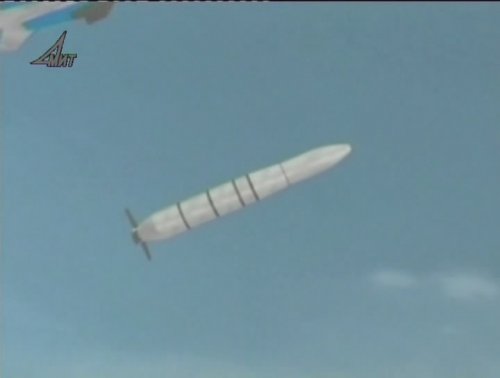 snapshot20071029141700.jpg23.8 KB · Views: 155
snapshot20071029141700.jpg23.8 KB · Views: 155 -
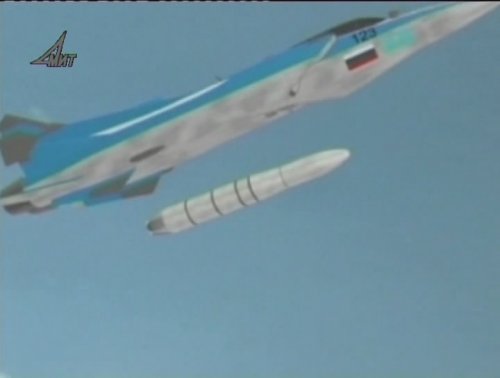 snapshot20071029141654.jpg30.4 KB · Views: 217
snapshot20071029141654.jpg30.4 KB · Views: 217 -
 snapshot20071029141646.jpg30.8 KB · Views: 239
snapshot20071029141646.jpg30.8 KB · Views: 239 -
 snapshot20071029141640.jpg30.2 KB · Views: 906
snapshot20071029141640.jpg30.2 KB · Views: 906 -
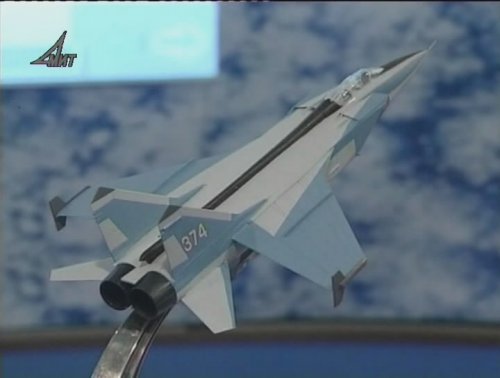 snapshot20071029141625.jpg43.5 KB · Views: 945
snapshot20071029141625.jpg43.5 KB · Views: 945 -
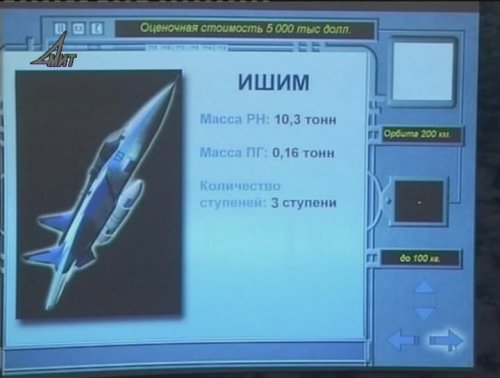 snapshot20071029141613.jpg56.7 KB · Views: 912
snapshot20071029141613.jpg56.7 KB · Views: 912
- Joined
- 26 May 2006
- Messages
- 34,917
- Reaction score
- 15,790
antigravite
ACCESS: Top Secret
- Joined
- 25 April 2008
- Messages
- 836
- Reaction score
- 258
Hmmm…
The first openlit Mig-31 air launcher study I am aware of dates back to 1998. It was issued by MAI, and AirFleet published one or more articles on this "application" at the time.
As it drew attention, I also remember a joint study in around 2000-2002 which involved MAI (Moscow Aviation State University) and USM (University Sains Malaysia). This study focussed on using a modified Mig-31 combined with a rocket sat launcher called MICRO. The whole study was named ABSL. It ended up in a Master's thesis by Kamal Adnan, and in a series of lectures.
Among others, you may access:
AIRCRAFT-BASED SATELLITE LAUNCHING (ABSL) SYSTEM – FUTURE SPACE TRANSPORTATION SYSTEM
Muhammad Shamsul Kamal Adnan & Md. Azlin Md. Said
School of Aerospace Engineering, Engineering Campus, Universiti Sains Malaysia
14300, Nibong Tebal, Penang. Tel: 04-5937788 ext 6513 / Fax: 04-5941026
https://www.dlr.de/iaa.symp/Portaldata/49/Resources/dokumente/archiv5/0810P_Kama_Adnan.pdf
A.
The first openlit Mig-31 air launcher study I am aware of dates back to 1998. It was issued by MAI, and AirFleet published one or more articles on this "application" at the time.
As it drew attention, I also remember a joint study in around 2000-2002 which involved MAI (Moscow Aviation State University) and USM (University Sains Malaysia). This study focussed on using a modified Mig-31 combined with a rocket sat launcher called MICRO. The whole study was named ABSL. It ended up in a Master's thesis by Kamal Adnan, and in a series of lectures.
Among others, you may access:
AIRCRAFT-BASED SATELLITE LAUNCHING (ABSL) SYSTEM – FUTURE SPACE TRANSPORTATION SYSTEM
Muhammad Shamsul Kamal Adnan & Md. Azlin Md. Said
School of Aerospace Engineering, Engineering Campus, Universiti Sains Malaysia
14300, Nibong Tebal, Penang. Tel: 04-5937788 ext 6513 / Fax: 04-5941026
https://www.dlr.de/iaa.symp/Portaldata/49/Resources/dokumente/archiv5/0810P_Kama_Adnan.pdf
A.
Attachments
antigravite
ACCESS: Top Secret
- Joined
- 25 April 2008
- Messages
- 836
- Reaction score
- 258
flateric said:One hardly would say something about this. -31D (Article "07") stuff stays higly classified.
May be Paralay can add on. Oh, I haven't seen this photo yet...
Additional contextual info (winglets added for stability).
(Image names unchanged from web search.)
A.
Attachments
- Joined
- 11 February 2010
- Messages
- 1,650
- Reaction score
- 2,706
This looks interesting.

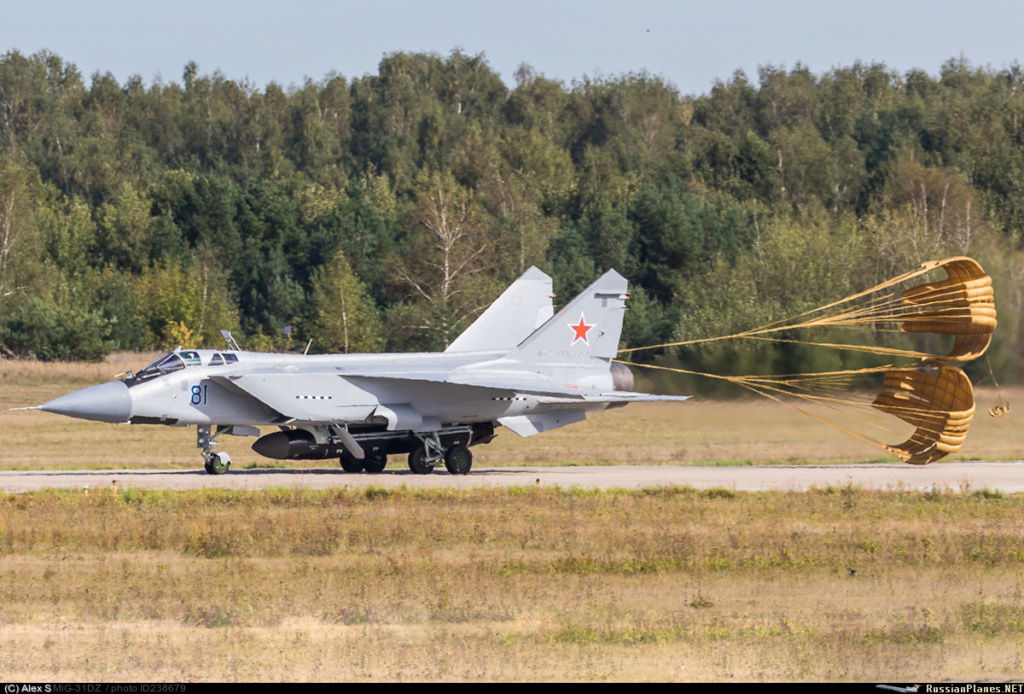
ALBM seems unlikely, the nose cone doesn't look right for a reentry vehicle and there seems to be no good reason not to simply leave it exposed. Unless there is in fact more than one, of course, but as big as that thing is, it doesn't seem to be big enough for a sensible MIRV platform? And anyway, isn't an ALBM basically what Kinzhal already is?
That leaves ABM/ASAT, mini-SLV or some sort of boosted hypersonics test bed, as TomcatViP suggested. The size and configuration match the SLV concept shown in earlier posts in this thread, so chances are that's what it is.
That leaves ABM/ASAT, mini-SLV or some sort of boosted hypersonics test bed, as TomcatViP suggested. The size and configuration match the SLV concept shown in earlier posts in this thread, so chances are that's what it is.
DrRansom
I really should change my personal text
- Joined
- 15 December 2012
- Messages
- 701
- Reaction score
- 302
It could be a satellite launch vehicle - that'd be a pretty standard application.
Or, it could be a super-sized ASAT which can reach higher (much higher?) than low earth orbit.
Of course, the answer probably is "why not both?"
Or, it could be a super-sized ASAT which can reach higher (much higher?) than low earth orbit.
Of course, the answer probably is "why not both?"
- Joined
- 3 June 2011
- Messages
- 18,344
- Reaction score
- 12,256
From AvWeek:
"The characteristics of the current system remain unknown. But they are probably similar to those of the previous Kontakt system, which was intended to destroy nonmaneuvering or maneuvering satellites in low orbits.
The 79M6 missile, weighing 4,550 kg (10,000 lb.), was launched by a MiG-31D flying at a speed of Mach 2.55 and altitude of 22 km. "

"The characteristics of the current system remain unknown. But they are probably similar to those of the previous Kontakt system, which was intended to destroy nonmaneuvering or maneuvering satellites in low orbits.
The 79M6 missile, weighing 4,550 kg (10,000 lb.), was launched by a MiG-31D flying at a speed of Mach 2.55 and altitude of 22 km. "
antigravite
ACCESS: Top Secret
- Joined
- 25 April 2008
- Messages
- 836
- Reaction score
- 258
sferrin said:From AvWeek:
"The characteristics of the current system remain unknown. But they are probably similar to those of the previous Kontakt system, which was intended to destroy nonmaneuvering or maneuvering satellites in low orbits.
The 79M6 missile, weighing 4,550 kg (10,000 lb.), was launched by a MiG-31D flying at a speed of Mach 2.55 and altitude of 22 km. "

Thx. Interesting. What is the exact source, please?
A.
- Joined
- 3 June 2011
- Messages
- 18,344
- Reaction score
- 12,256
antigravite said:sferrin said:From AvWeek:
"The characteristics of the current system remain unknown. But they are probably similar to those of the previous Kontakt system, which was intended to destroy nonmaneuvering or maneuvering satellites in low orbits.
The 79M6 missile, weighing 4,550 kg (10,000 lb.), was launched by a MiG-31D flying at a speed of Mach 2.55 and altitude of 22 km. "

Thx. Interesting. What is the exact source, please?
A.
Aviation Week. 10/08/2018.
antigravite
ACCESS: Top Secret
- Joined
- 25 April 2008
- Messages
- 836
- Reaction score
- 258
Hi,
I stumbled upon this old (2018) article which I reference herein for information completion.
Tyle Rogoway & Ivan Voukadinov, "Exclusive: Russian MiG-31 Foxhound Carrying Huge Mystery Missile Emerges Near Moscow —
The big rocket is likely to be either a space-launch system or an anti-satellite weapon, and maybe even both." The Drive, 29/09/2018

 www.thedrive.com
www.thedrive.com
A.

I stumbled upon this old (2018) article which I reference herein for information completion.
Tyle Rogoway & Ivan Voukadinov, "Exclusive: Russian MiG-31 Foxhound Carrying Huge Mystery Missile Emerges Near Moscow —
The big rocket is likely to be either a space-launch system or an anti-satellite weapon, and maybe even both." The Drive, 29/09/2018

Exclusive: Russian MiG-31 Foxhound Carrying Huge Mystery Missile Emerges Near Moscow
The big rocket is likely to be either a space-launch system or an anti-satellite weapon, and maybe even both.
A.
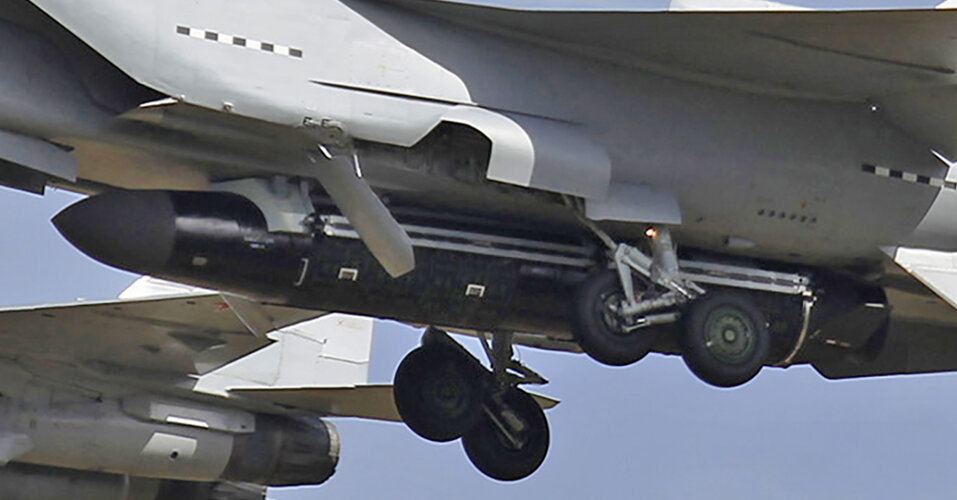
greenmartian2017
The Shadow knows what lurks in the hearts of men
- Joined
- 13 May 2008
- Messages
- 173
- Reaction score
- 151
US Navy/NOTS back in the late 1950s/early 1960s successfully demonstrated both capabilities. (See Hi Hoe)
antigravite
ACCESS: Top Secret
- Joined
- 25 April 2008
- Messages
- 836
- Reaction score
- 258
yes, indeeed.US Navy/NOTS back in the late 1950s/early 1960s successfully demonstrated both capabilities. (See Hi Hoe)
A.
- History of Project Pilot (a.k.a NOTSNIK), US Naval Weapons Center, declassified and compiled 1976 [reference quoted by Andrew Page]
- Scala, Keith J. “A History of Air-Launched Space Vehicles”, Quest, Vol. 3, No. 1, pp. 34-41, Spring 1994 [https://spacehistory101.com/downloads/quest-vol-3-1/]
- Pesavento, Peter. “US Navy’s Untold Story of Space-Related Firsts”, Spaceflight, Vol. 38, No. 7, pp. 239-243, July 1996
- Pesavento, Peter. “Secret Revealed About the Early US Navy Space Programme”, Spaceflight, Vol. 38, No. 7, pp. 243-245, July 1996
- McDowell, Jonathan. "NOTS-500". Orbital and Suborbital Launch Database. Jonathan's Space Page [https://planet4589.org/space/lvdb/launch/NOTS500]
- Parsch, Andreas. "NOTS NOTS-EV-2 Caleb". Directory of U.S. Military Rockets and Missiles, Appendix 4. Designation-Systems.Net, 17/10/2003
- Scott, Jeff. Aerospaceweb: NOTSNIK, Project Pilot & Project Caleb, http://www.aerospaceweb.org, 23/04/2006
- Krebs, Gunter. "Caleb (NOTS-EV-2)," Gunter's Space Page, https://space.skyrocket.de/doc_lau/caleb.htm 2009
- LePage, Andrew. "NOTSNIK: The First Air-Launched Satellite Attempts", drewexmachina [Blog], 25 July 2018, accessed: https://www.drewexmachina.com/2018/07/25/notsnik-the-first-air-launched-satellite-attempts/
- Leitenberger, Bernd. “Projekt Pilot”, bernd-leitenberger.de, [https://www.bernd-leitenberger.de/project-pilot.shtm]
[references edited]
Last edited:
Prussian Mauser
ACCESS: Restricted
- Joined
- 12 June 2019
- Messages
- 6
- Reaction score
- 5
Not to mention the USAF's Project Jaguar, which was ostensibly a sounding rocket designed to sample sub-orbital radiation effects from nuclear warhead detonations. It was launched from a Martin B-57 Canberra...yes, indeeed.US Navy/NOTS back in the late 1950s/early 1960s successfully demonstrated both capabilities. (See Hi Hoe)
A.
- History of Project Pilot (a.k.a NOTSNIK), US Naval Weapons Center, declassified and compiled 1976 [reference quoted by Andrew Page]
- Keith J. Scala, “A History of Air-Launched Space Vehicles”, Quest, Vol. 3, No. 1, pp. 34-41, Spring 1994 [https://spacehistory101.com/downloads/quest-vol-3-1/]
- Peter Pesavento, “US Navy’s Untold Story of Space-Related Firsts”, Spaceflight, Vol. 38, No. 7, pp. 239-243, July 1996
- Peter Pesavento, “Secret Revealed About the Early US Navy Space Programme”, Spaceflight, Vol. 38, No. 7, pp. 243-245, July 1996
- Andrew LePage, "NOTSNIK: The First Air-Launched Satellite Attempts", drewexmachina [Blog], 25 July 2018, acessed: https://www.drewexmachina.com/2018/07/25/notsnik-the-first-air-launched-satellite-attempts/
- Bernd Leitenberger, “Projekt Pilot”, bernd-leitenberger.de, [https://www.bernd-leitenberger.de/project-pilot.shtm]
Prussian Mauser
ACCESS: Restricted
- Joined
- 12 June 2019
- Messages
- 6
- Reaction score
- 5
Not to mention the USAF's Project Jaguar, which was ostensibly a sounding rocket designed to sample sub-orbital radiation effects from nuclear warhead detonations. It was launched from a Martin B-57 Canberra...yes, indeeed.US Navy/NOTS back in the late 1950s/early 1960s successfully demonstrated both capabilities. (See Hi Hoe)
A.
- History of Project Pilot (a.k.a NOTSNIK), US Naval Weapons Center, declassified and compiled 1976 [reference quoted by Andrew Page]
- Keith J. Scala, “A History of Air-Launched Space Vehicles”, Quest, Vol. 3, No. 1, pp. 34-41, Spring 1994 [https://spacehistory101.com/downloads/quest-vol-3-1/]
- Peter Pesavento, “US Navy’s Untold Story of Space-Related Firsts”, Spaceflight, Vol. 38, No. 7, pp. 239-243, July 1996
- Peter Pesavento, “Secret Revealed About the Early US Navy Space Programme”, Spaceflight, Vol. 38, No. 7, pp. 243-245, July 1996
- Andrew LePage, "NOTSNIK: The First Air-Launched Satellite Attempts", drewexmachina [Blog], 25 July 2018, acessed: https://www.drewexmachina.com/2018/07/25/notsnik-the-first-air-launched-satellite-attempts/
- Bernd Leitenberger, “Projekt Pilot”, bernd-leitenberger.de, [https://www.bernd-leitenberger.de/project-pilot.shtm]
E-155N
I did some basic calculations.
A 12 metric tons, 2-stage rocket with Block D RD-58 kerolox engines, 345 second specific impulse and 0.90 prop mass fraction, boosted 2000 m/s by a Mach 3 MiG-25 - could lift 1 metric ton to orbit.
A very respectable number.
US Navy/NOTS back in the late 1950s/early 1960s successfully demonstrated both capabilities. (See Hi Hoe)
PILOT and CALEB. The former: 5-stage rocket from a F4D Skyray. The latter: only 4-stages and dropped from a Phantom.
The MiG-25 can carry a device weighing no more than 5000-6000 kg under the fuselageI did some basic calculations.
A 12 metric tons, 2-stage rocket with Block D RD-58 kerolox engines, 345 second specific impulse and 0.90 prop mass fraction, boosted 2000 m/s by a Mach 3 MiG-25 - could lift 1 metric ton to orbit.
Just like the MiG-25 at a 45-degree angle at a height of 10 km with maximum speed you start climbing the MiG-25 at an altitude of over 20 km and by inertia and low air resistance somewhere a plane can move at an altitude of 30 -35 km in height and then you launch the carrier rocket and because at this height you have quite small air and thus little resistance but also acceleration of the rocket from the aircraft itself up to 2.8 Mach or 3 Mach gave more more potential For example if this rocket is fire on the sea levеl аnd has a range of 50 km but if this rocket is fire of 35 km altitude would have a range of 6 times more due to poor air resistance but also acceleration and will reach a distance of 250-300 km or leo orbit.Hi,
does anyone hear about the development of MiG-31 to be use
in satellite launch aircraft ?.
This link to a paper has some good numbers about the delta-v gains provided by air-launch.
At the end of the day
- launching from a balloon: +600 m/s
- launching at mach 1 and 30 degree AoA: +1100 m/s
- 681 m/s is mach 2 and the gain is +1600 m/s
- 1021 m/s is mach 3 and the gain is +2000 m/s
-Earth orbit is 9200 m/s (average) :
7700 m/s + 1500 m/s of gravity + drag + steering losses.
- The rocket equation has a logarithm stuck into it so it is not linear or decimal. For example, substracting 2000 m/s from 8000 m/s is NOT a 25% gain but much less (barely 10%). Energy-wise, launch to orbit is VERY horrible - notably the segment between 6 km/s and 9 km/s.
- The air-launch gain tends to diminish despite the carrier aircraft flying faster and faster. Mach 1 = +1100 m/s BUT Mach 2 does not bring a 2200 m/s gain and Mach 3 gain is even less.
- When you think about it, trippling the aircraft mothership speed
(mach 1 > mach 3) barely double the "air launch gain"
(1100 m/s > 2000 m/s)
Must be because of the heat barrier and hypersonics (IMHO).
- Launching from above 40 000 feet doesn't bring any benefit at least for orbital launches (ALBM, ASAT, ABM may not agree)
- Angle-of-attack is actually more important than altitude. Launching "nose up" greatly helps, throwing the rocket downwards dangling from a parachute = bad.
A study by Klijn et al. concluded that at an altitude of 15250m, a rocket launch with the carrier vehicle having a zero launch velocity at an angle of attack of 0° to the horizontal experienced a Δv benefit of approximately 600m/s.
The zero launch velocity situations can be used to represent the launch from a balloon as it has no horizontal velocity.
A launch at a velocity of 340m/s at the same altitude and angle of attack resulted in a Δv benefit of approximately 900m/s.
Furthermore, by increasing the angle of attack of the carrier vehicle to 30° and launching at 340m/s, a Δv gain of approximately 1100m/s was obtained.
Increasing the launch velocity to
- 681m/s produced a Δv gain of 1600m/s
- 1021m/s produced a Δv gain of 2000m/s
At the end of the day
- launching from a balloon: +600 m/s
- launching at mach 1 and 30 degree AoA: +1100 m/s
- 681 m/s is mach 2 and the gain is +1600 m/s
- 1021 m/s is mach 3 and the gain is +2000 m/s
-Earth orbit is 9200 m/s (average) :
7700 m/s + 1500 m/s of gravity + drag + steering losses.
- The rocket equation has a logarithm stuck into it so it is not linear or decimal. For example, substracting 2000 m/s from 8000 m/s is NOT a 25% gain but much less (barely 10%). Energy-wise, launch to orbit is VERY horrible - notably the segment between 6 km/s and 9 km/s.
- The air-launch gain tends to diminish despite the carrier aircraft flying faster and faster. Mach 1 = +1100 m/s BUT Mach 2 does not bring a 2200 m/s gain and Mach 3 gain is even less.
- When you think about it, trippling the aircraft mothership speed
(mach 1 > mach 3) barely double the "air launch gain"
(1100 m/s > 2000 m/s)
Must be because of the heat barrier and hypersonics (IMHO).
- Launching from above 40 000 feet doesn't bring any benefit at least for orbital launches (ALBM, ASAT, ABM may not agree)
- Angle-of-attack is actually more important than altitude. Launching "nose up" greatly helps, throwing the rocket downwards dangling from a parachute = bad.
Last edited:
This link to a paper has some good numbers about the delta-v gains provided by air-launch.
A study by Klijn et al. concluded that at an altitude of 15250m, a rocket launch with the carrier vehicle having a zero launch velocity at an angle of attack of 0° to the horizontal experienced a Δv benefit of approximately 600m/s.
The zero launch velocity situations can be used to represent the launch from a balloon as it has no horizontal velocity.
A launch at a velocity of 340m/s at the same altitude and angle of attack resulted in a Δv benefit of approximately 900m/s.
Furthermore, by increasing the angle of attack of the carrier vehicle to 30° and launching at 340m/s, a Δv gain of approximately 1100m/s was obtained.
Increasing the launch velocity to
- 681m/s produced a Δv gain of 1600m/s
- 1021m/s produced a Δv gain of 2000m/s
At the end of the day
- launching from a balloon: +600 m/s
- launching at mach 1 and 30 degree AoA: +1100 m/s
- 681 m/s is mach 2 and the gain is +1600 m/s
- 1021 m/s is mach 3 and the gain is +2000 m/s
-Earth orbit is 9200 m/s (average) :
7700 m/s + 1500 m/s of gravity + drag + steering losses.
- The rocket equation has a logarithm stuck into it so it is not linear or decimal. For example, substracting 2000 m/s from 8000 m/s is NOT a 25% gain but much less (barely 10%). Energy-wise, launch to orbit is VERY horrible - notably the segment between 6 km/s and 9 km/s.
- The air-launch gain tends to diminish despite the carrier aircraft flying faster and faster. Mach 1 = +1100 m/s BUT Mach 2 does not bring a 2200 m/s gain and Mach 3 gain is even less.
- When you think about it, trippling the aircraft mothership speed
(mach 1 > mach 3) barely double the "air launch gain"
(1100 m/s > 2000 m/s)
Must be because of the heat barrier and hypersonics (IMHO).
- Launching from above 40 000 feet doesn't bring any benefit at least for orbital launches (ALBM, ASAT, ABM may not agree)
- Angle-of-attack is actually more important than altitude. Launching "nose up" greatly helps, throwing the rocket downwards dangling from a parachute = bad.
The key here is the acceleration of the the aircraft before launch.
Similar threads
-
The Launch Ring: A Magnetic Satellite Launch System
- Started by robunos
- Replies: 1
-
NRO discloses previously unannounced SpaceX launch contract
- Started by Flyaway
- Replies: 4
-
Japan launches the smallest rocket to ever carry a satellite to orbit
- Started by robunos
- Replies: 9
-
USAF Orbital Sciences Geosynchronous Space Situational Awareness program (GASP)
- Started by GeorgeA
- Replies: 1
-
Upgrading Russia’s fleet of optical reconnaissance satellites
- Started by Flyaway
- Replies: 4

